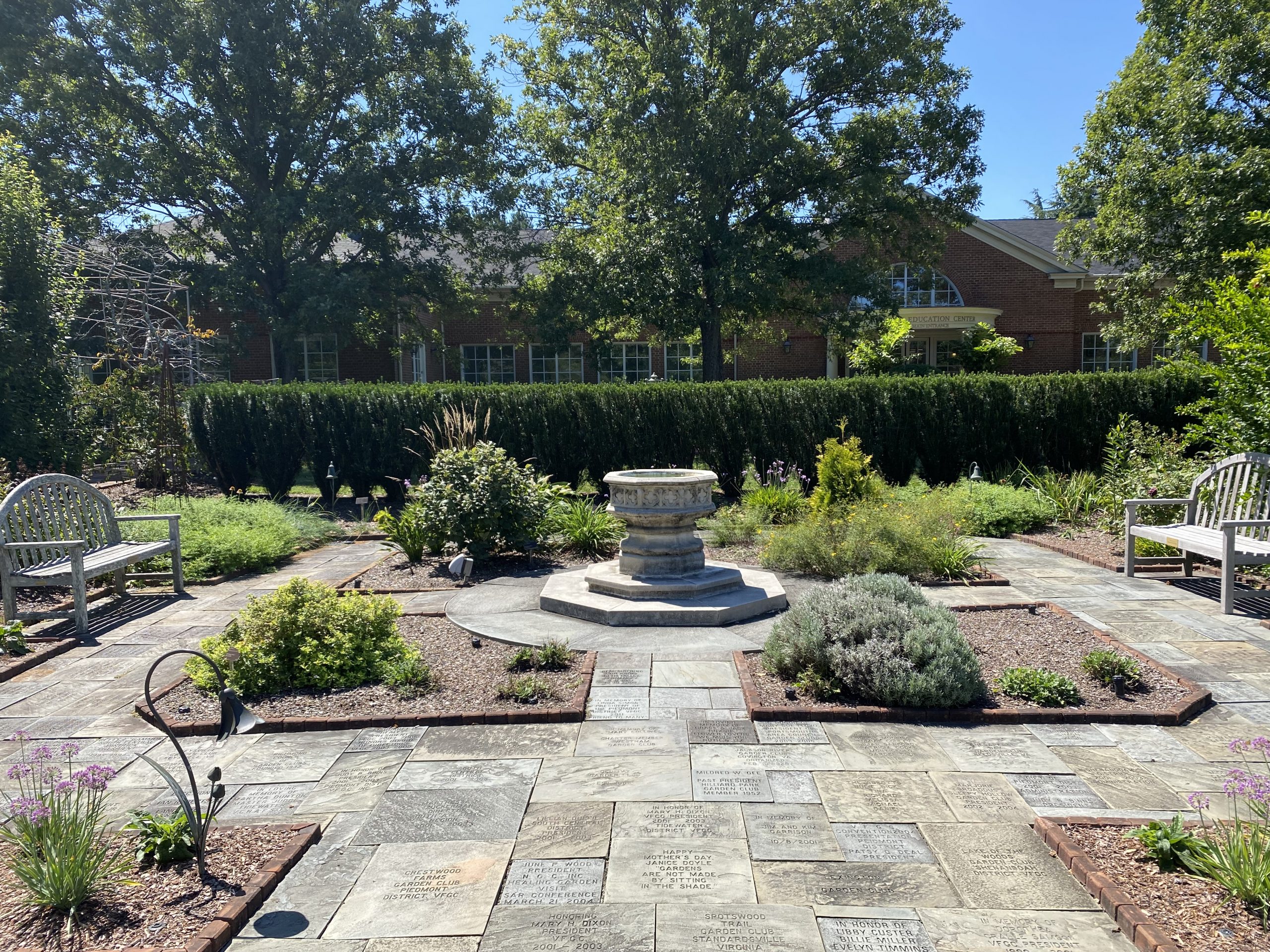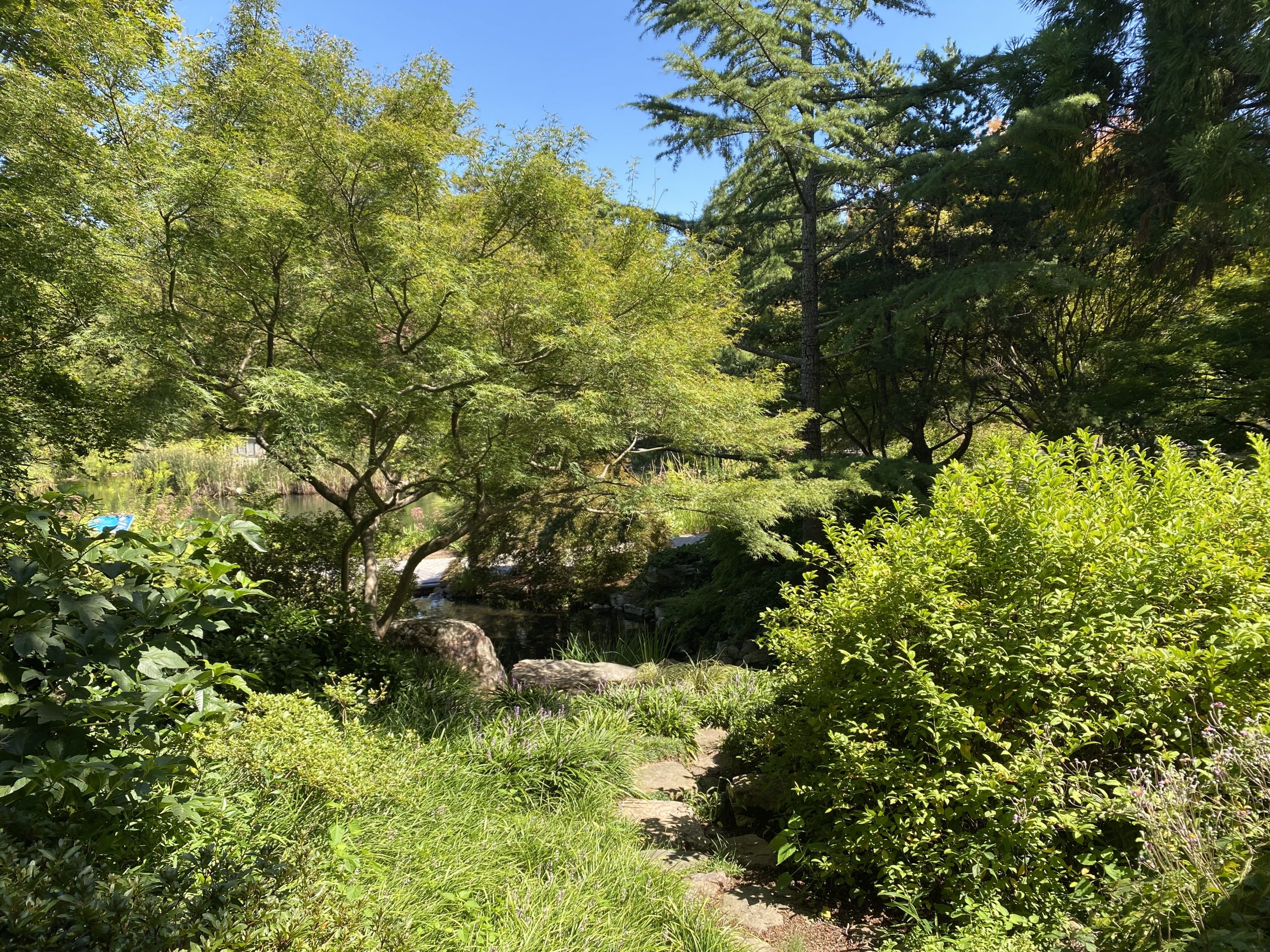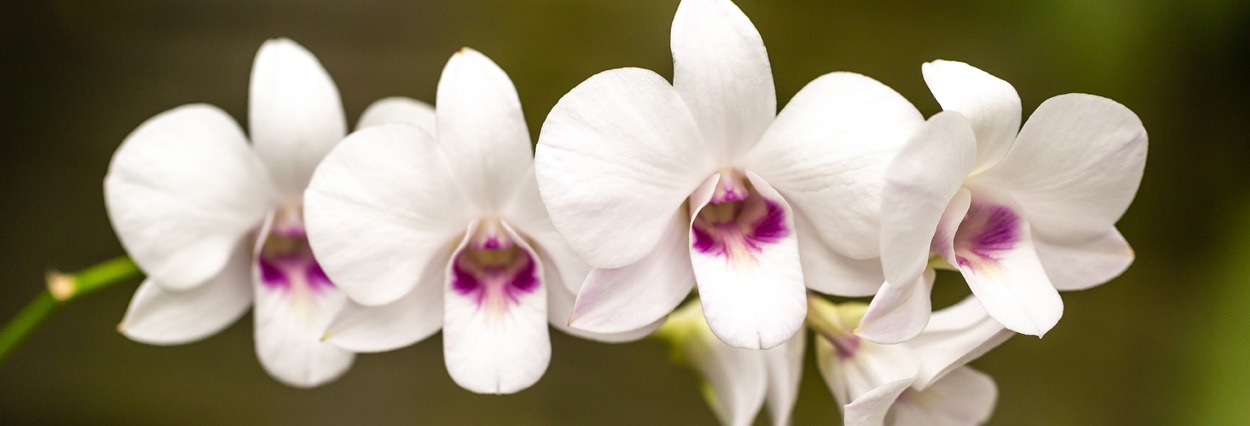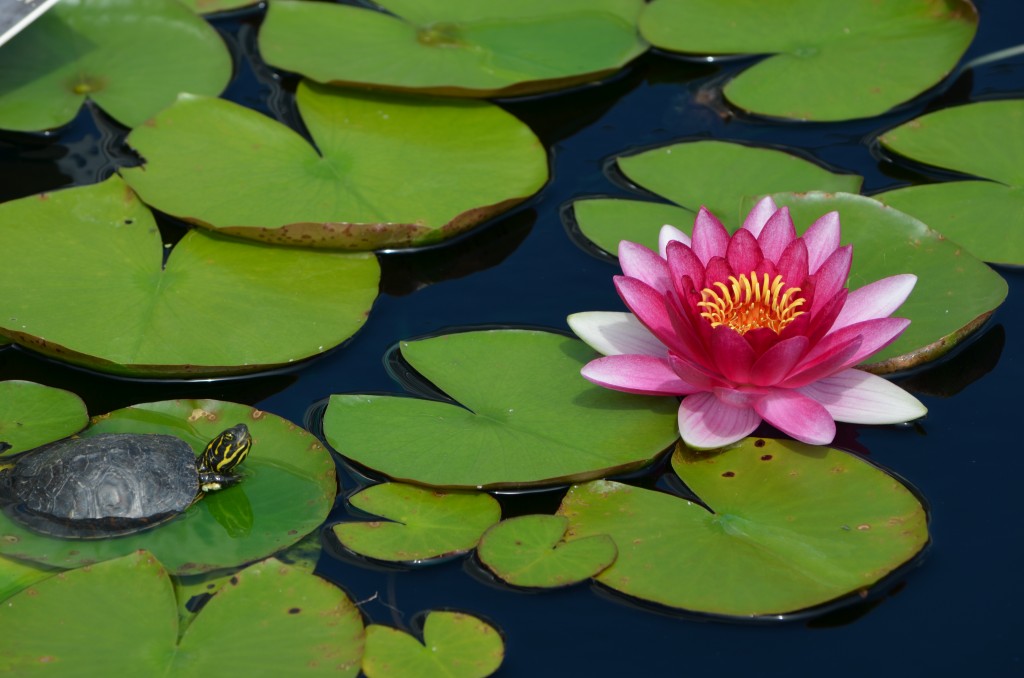Recovery in Nature
Fall is my favorite time of year. The hot air of summer starts to cool to crisp, autumn breezes. The foliage takes on deeper shades of color. Trees start to drop their leaves like confetti, revealing their shapely architecture. It is a celebratory period of transition as Mother Nature prepares to go inward for the winter season of hibernation, rest and recovery.

The Healing Garden at Lewis Ginter Botanical Garden features both spots for quiet contemplation and meditation and medicinal plants.
September also happens to be National Recovery Month, and the season of fall is a suitable time of year to celebrate and bring awareness and understanding to a topic that affects many, including me. On September 15, 2014, I made a decision to embrace a sober lifestyle, and while it hasn’t been an easy journey, the result has been nothing short of amazing. I am awake more than ever; I can truly tune in and be present with all that surrounds me, especially the natural world.
Nature has been a positive force all throughout my life, but the comfort and peace that comes with being outside have taken on a deeper meaning and more active role for me today. I remember, early in my recovery, I would often go to the James River and meditate. The rhythmic and calming sounds of the water eased my worries. Observing the variety of wildlife in their natural habitat made me feel connected to something greater, a system of support. I let my worries and fears go as if they were leaves being taken downstream by the current. Nature was there to lighten my load, ground me, and restore me.
It’s getting close to three years since I started my job at Lewis Ginter Botanical Garden as the Guest Engagement Specialist. Connecting people to nature is my main objective, one that I remind myself of each day. Thinking creatively with my coworkers on ways to spark inspiration through natural connection provides purpose and meaning to my work. It is a gift to be able to stroll through the Garden when I am in need of a mental reset. I always come back to my desk refreshed and renewed. Nature just has that kind of influential power on one’s mind, body and soul.
While all areas of the Garden can serve as a refuge for healing and restoration, several speak to me as special places. And, although the Garden is public, vast and open, I find myself feeling intimately connected to a natural setting that feels private and personal. The Wildside Walk, behind historic Bloemendaal House, along Lakeside Lake, is one place where I experience wonder and adventure. Often I will see wildlife along the banks of the lake. The journey along this isolated path takes me on a visual trip back in time as I think about the people who came before me and walked the same ground.
During the colder months, I escape to the Conservatory and become immersed in a tropical oasis. Sweet smells of orchids and other exotic flowers overtake olfactory sense. The climate-controlled glasshouse provides warmth and comfort before facing the cold of winter. The bright and vivid colors energize my mind.
The water features throughout the Garden are destinations for cleansing and serenity. I like to follow the running water that flows in Flagler Garden and the stillness of the pond in the upper Asian Valley, surrounded by trees, shrubs and rock formations, allows me to peacefully reflect. You can often see the diverse plantings reflected in the mirror-like water. Since Japanese gardens are asymmetrical by design, every vantage point offers a new perspective. Sydnor Lake is the heartbeat of the Garden. Walking around the lake on the Cherry Tree Walk brings me to a space of meditative contemplation. My busy thoughts are interrupted by conifers, hydrangeas, and native plantings along the water’s edge. Spotting the occasional fish or turtle never ceases to add an element of awe and surprise.
There are many reasons to visit Lewis Ginter Botanical Garden. The Garden is a beautiful destination, welcoming and celebrating all. Inspiration and education are often the kinds of experiences that folks have when visiting the Garden. My hope is that people will utilize the healing power of nature as well. In the words of Frank Lloyd Wright, “[s]tudy nature, love nature, stay close to nature. It will never fail you.”


